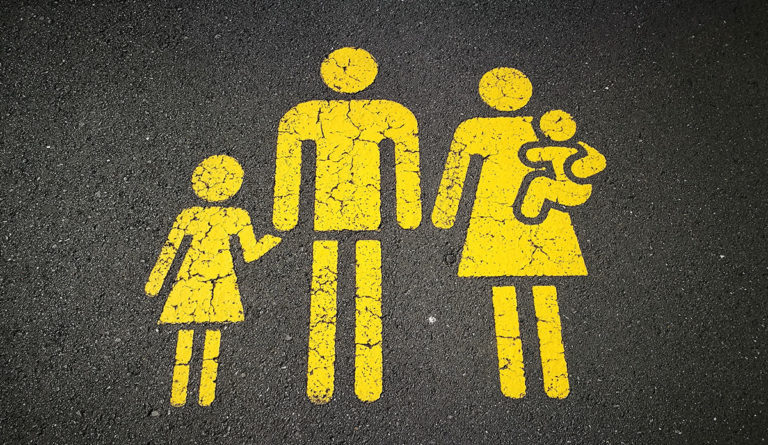Resilience in Recovery
Supportive relationships with parents, caregivers, teachers, and peers are the most robust predictors of resilience in children exposed to violence.

Read Time: 3 minutes
Published:
Violence is a pervasive problem for children in the United States. In a nationally representative sample of 4000 children and adolescents, 51% directly experienced a physical assault, 38% witnessed some form of violence, including domestic and community violence, and 25% experienced maltreatment, including neglect, physical, emotional, and sexual abuse during childhood. Children who experience violence are at increased risk for a wide variety of psychological and behavioral problems, such as depression, anxiety, aggression, and substance use, as well as peer and academic difficulties.
Some children exposed to violence exhibit resilience, or healthy functioning in the face of adversity. Understanding what distinguishes these children from those who develop problems has critical implications for promoting healthy development and preventing psychopathology. Research has identified a wide range of characteristics associated with resilience in children who have experienced maltreatment and domestic and community violence. Determining which protective factors best predict healthy functioning will enhance efforts to promote resilience in children exposed to violence.
Our team conducted a meta-analysis of 118 studies published over the last 25 years to identify which protective factors have the strongest associations with adaptive functioning in youths exposed to violence. Meta-analytic reviews summarize the findings of multiple studies by calculating the average statistical effects across those studies. We assessed 11 types of protective factors in children and adolescents who experienced maltreatment, and violence in their families or communities. Protective factors included characteristics related to the individual (positive self-perceptions, cognitive abilities, self-regulation, and coping skills), family (family support and parental effectiveness), school (school support and peer support), and community (community cohesion, extra-curricular activities, and religion).
From a policy perspective, the data indicate that, if we want to protect children from the traumatic effects of violence, we need to support their families and schools.
We found several protective factors consistently related to healthy functioning in children across all types of violence. Four of these significantly predicted changes in children’s adjustment over time: self-regulation, family support, school support, and peer support. These results highlight the critical importance of the environment for promoting healthy development in children who have experienced traumatic and stressful events.
Much of the research on resilience has focused on identifying protective factors within individuals. Although we found that qualities such as self-regulation are important for adapting successfully to stress, our review makes it clear that supportive relationships with parents, caregivers, teachers, and peers are the most robust predictors of resilience in children exposed to violence.
From a policy perspective, the data indicate that, if we want to protect children from the traumatic effects of violence, we need to support their families and schools. Programs that foster secure relationships between children and their caregivers from early in life can have powerful and lasting effects on healthy development. Similarly, schools can offer a safe and supportive context by building caring relationships between teachers and students and integrating a focus on socioemotional development in their curricula. These are valuable for all children, but are especially critical for those who have experienced violence.
Photo by Sandy Millar on Unsplash




